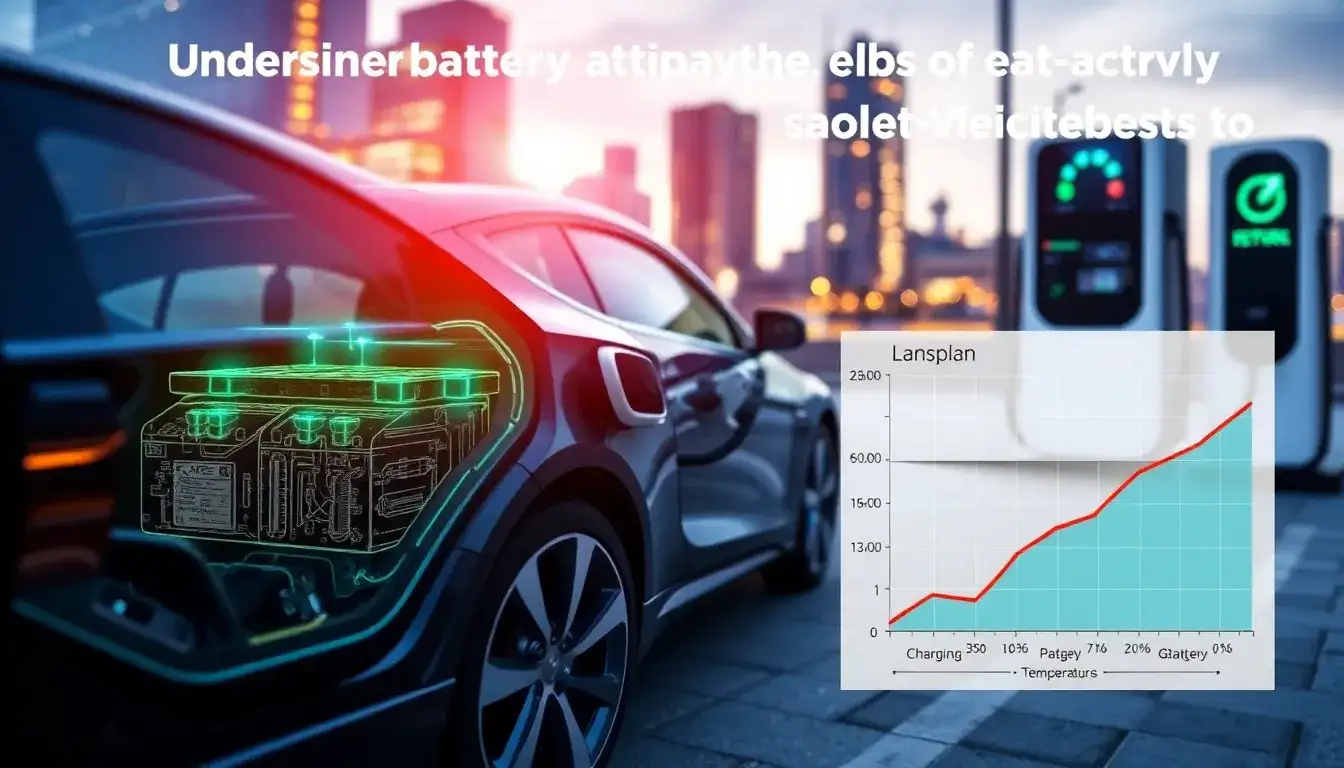
How Long Do Electric Vehicle Batteries Last?
The lifespan of electric vehicle (EV) batteries varies based on multiple factors, typically ranging from 3 to 15 years. Here are the key factors influencing battery life:
Battery Type
Different battery types have varying lifespans. For instance, lithium iron phosphate (LiFePO4) batteries usually last 8 to 10 years and can endure over 2000 charge cycles. In contrast, ternary lithium batteries offer higher energy density and longer range but have a shorter lifespan of about 6 to 8 years, with a charge cycle range of 1000 to 1500 times.
Manufacturing Process and Cell Quality
The quality of the manufacturing process and the battery cells themselves are crucial. A high-quality production process can significantly extend the battery’s lifespan. Additionally, an effective battery management system is essential as it manages charge and discharge cycles, thus protecting the battery.
Usage Habits
Driving habits play a significant role in battery longevity. Frequent rapid acceleration and hard braking can increase strain on the battery, negatively impacting its lifespan. To maximize battery life, it is advisable to avoid deep discharges and overcharging, keeping the charge level between 20% and 80% and utilizing a combination of fast and slow charging.
Environmental Temperature
Extreme temperatures can affect battery performance. High temperatures accelerate internal chemical reactions, shortening lifespan, while low temperatures can reduce efficiency. It is important to keep the vehicle away from extreme temperature environments.
Calendar Life
Even with minimal use, batteries age over time. Generally, the calendar life of a battery is between 5 to 10 years, depending on usage conditions and temperature. According to the standard GB/T 31484-2015, after 500 charge cycles, a battery should retain at least 90% of its initial capacity, and after 1000 cycles, at least 80%. Most manufacturers indicate that the effective lifespan of their batteries is around 1500 to 2000 charge cycles.
Conclusion
As the battery’s capacity declines to 70% to 80%, the driving range significantly decreases, indicating the battery’s life is nearing its end. However, some models, such as those from Tesla and BYD, utilize advanced battery technologies that can achieve lifespans close to 15 years.







